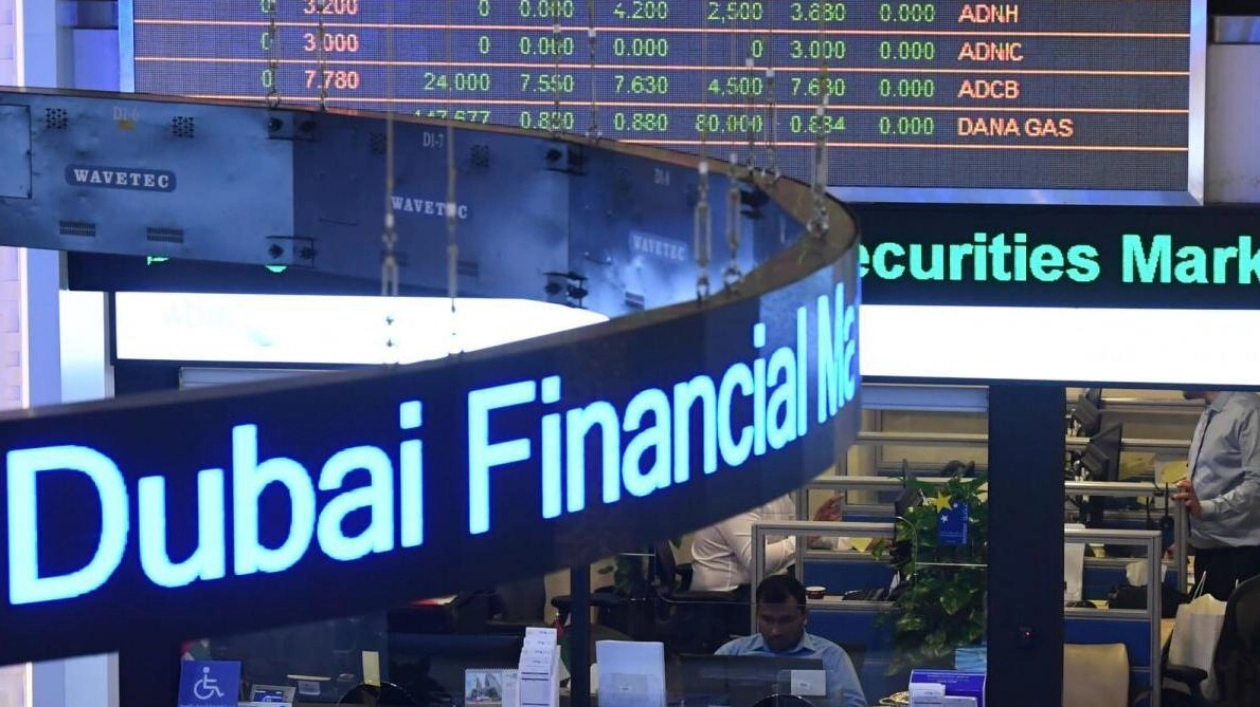Following the yen carry trade's impact on the VIX index, global equities, including those in the UAE, experienced a substantial rebound. This upswing aligned with the optimistic forecast of a 25 basis points rate cut by the Federal Reserve in September. Recent US inflation figures indicate a modest increase in the core Consumer Price Index (CPI) from 0.1 percent to 0.2 percent month-over-month, with the overall monthly CPI rising from -0.1 percent to 0.2 percent. This increase, influenced by higher services inflation, makes a 25-bps rate cut more probable in September compared to a 50-bps cut. Concurrently, the annual CPI fell from 3 percent to 2.9 percent, mirroring 2021 levels. These trends have bolstered anticipations for a rate cut by both the Fed and the Central Bank of the UAE (CBUAE).
The yen carry trade's influence on global markets and the VIX index's surge also led to a sharp drop in the UAE MSCI Index, approaching 2024 lows. However, it recovered vigorously as the VIX and global markets bounced back from their yearly lows. In the first half of 2024, the UAE MSCI Index leaders, especially in the financial, real estate, consumer discretionary, and communication services sectors, achieved record revenue levels. The financial and real estate sectors spearheaded this growth, indicating robust demand and market share expansion. The UAE's reputation as a top destination for international businesses and entrepreneurs has been reinforced, with capital fueling this positive trend and anticipated further revenue growth in the coming years, as highlighted by industry leaders.
“Despite the hurdles presented by the yen carry trade, which momentarily pushed the UAE MSCI Index close to its 2024 lows, the index rebounded strongly in tandem with global equities. The likelihood of a 25-bps rate cut in September by both the CBUAE and the Fed has heightened bullish sentiment,” asserts Razan Hilal, Market Analyst, CMT at FOREX.com. She further notes: “The risks linked to the continued unwinding of the carry trade and escalating geopolitical tensions enhance risk aversion and render the market outlook cautious for the year-end.”
Markets have reacted positively to declining inflation and stronger-than-anticipated economic data, with a significant recovery from August’s sell-off. The technology and growth sectors, most affected during the downturn, have led the resurgence. As interest rate cuts near and inflation continues to ease, a broader market rally is expected. Investors might gain from diversifying portfolios across growth and value stocks. Large-cap and mid-cap US equities, particularly in sectors like industrials and utilities, show promise.
“Historically, a blend of interest rate cuts and a robust economy has been advantageous for markets. Although short-term volatility is anticipated, especially during the seasonally weak September and October, long-term prospects remain positive. Presently, the economic landscape offers opportunities for investors to exploit market fluctuations and align portfolios for enduring growth,” Mohamed Hashad, chief market strategist, Noor Capital, commented in a note. The market recovery post better-than-expected US economic data alleviated concerns of a severe downturn in the world’s largest economy, thereby reducing pressure on the Federal Open Market Committee (FOMC) to enact drastic interest rate cuts. However, China, the leading consumer of commodities, continues to struggle due to a lingering property slump, rising unemployment, and subdued consumption.
“These developments warrant caution concerning the commodities sector from a demand standpoint. Nonetheless, the supply side of key commodities may receive support from geopolitical events, adverse weather, industrial action, and the weakest hedge fund positioning in over a decade, which could stimulate fresh demand and technical-driven support,” Ole Hansen, Head of Commodities Strategy, Saxo Bank, noted in a note.






